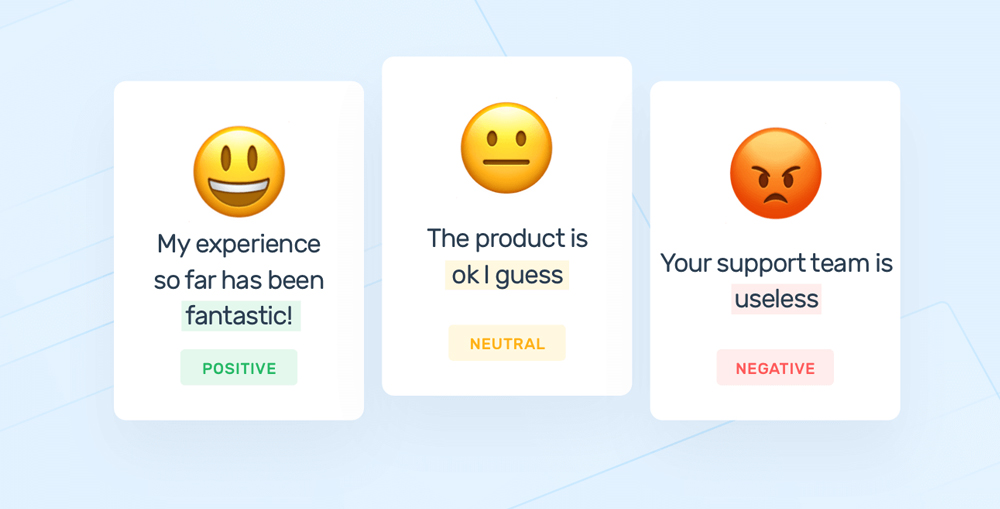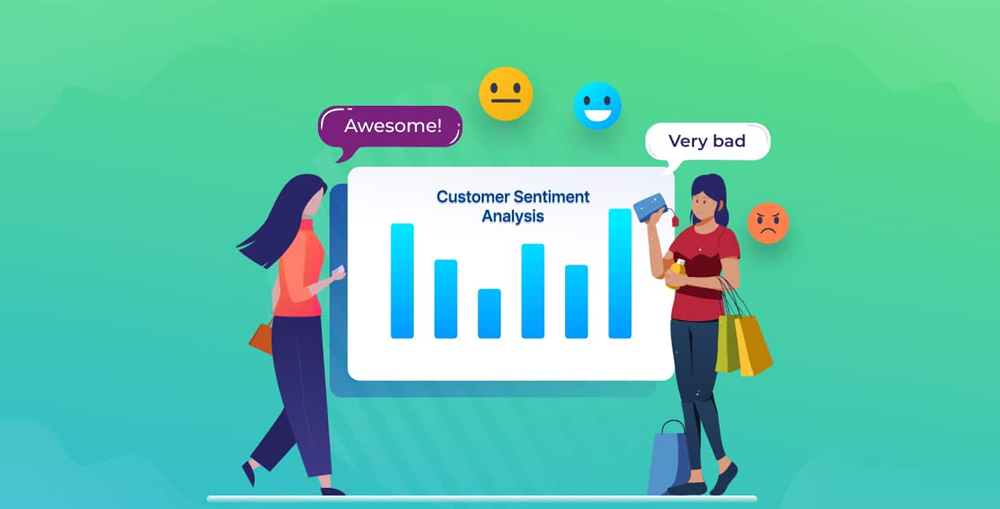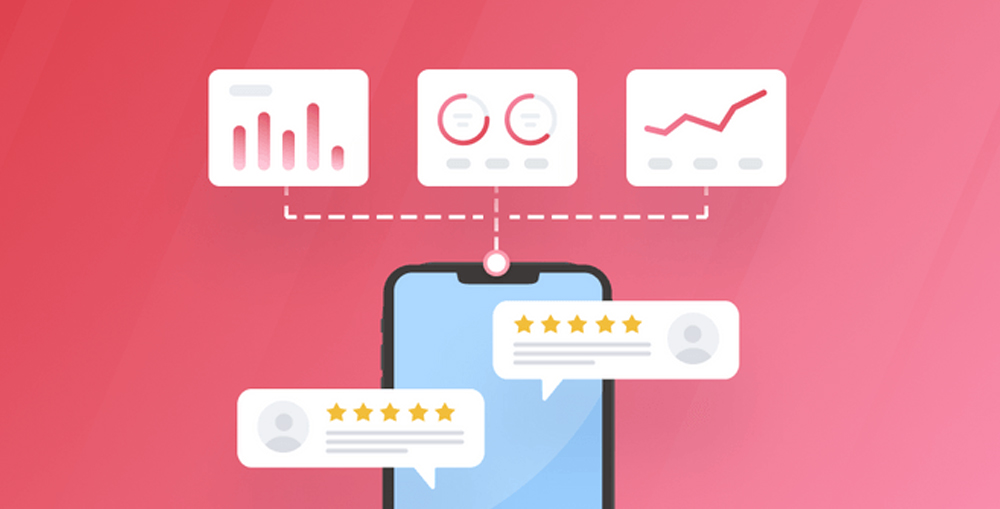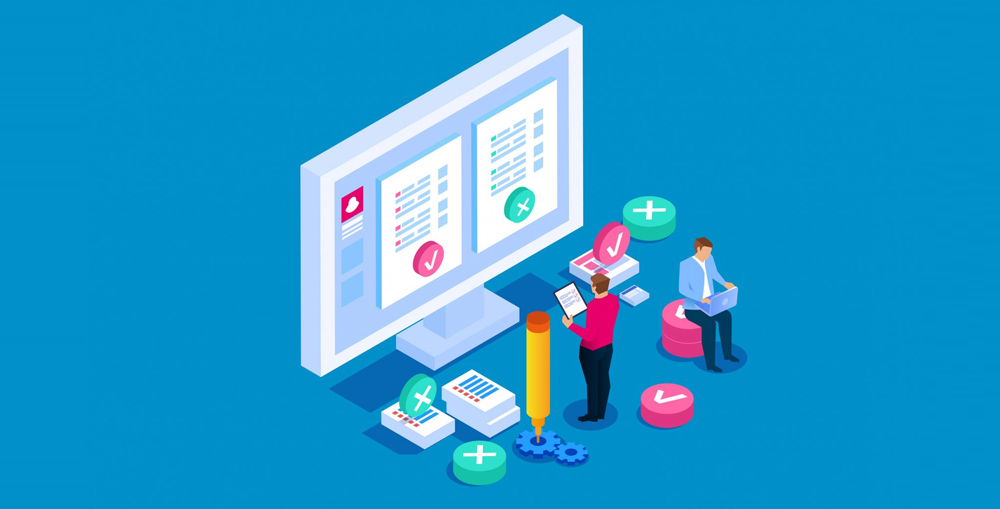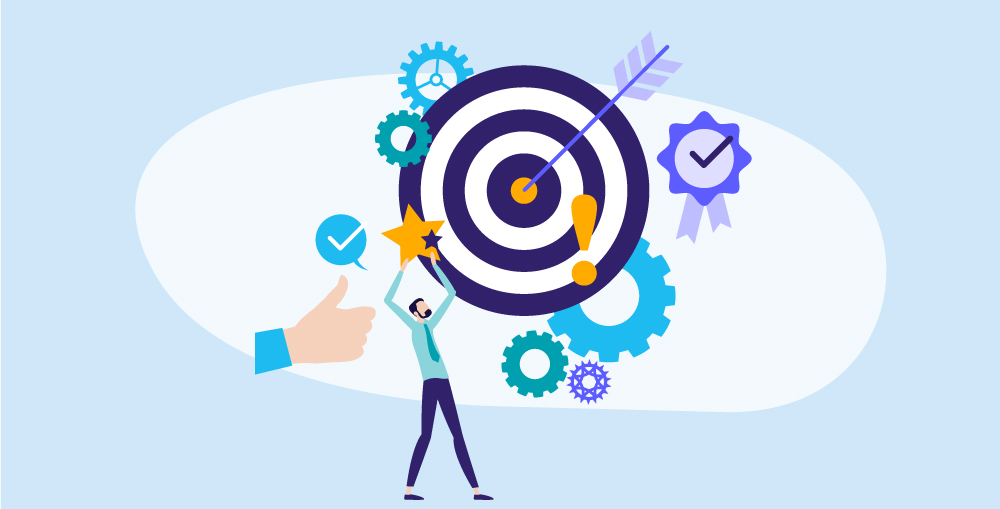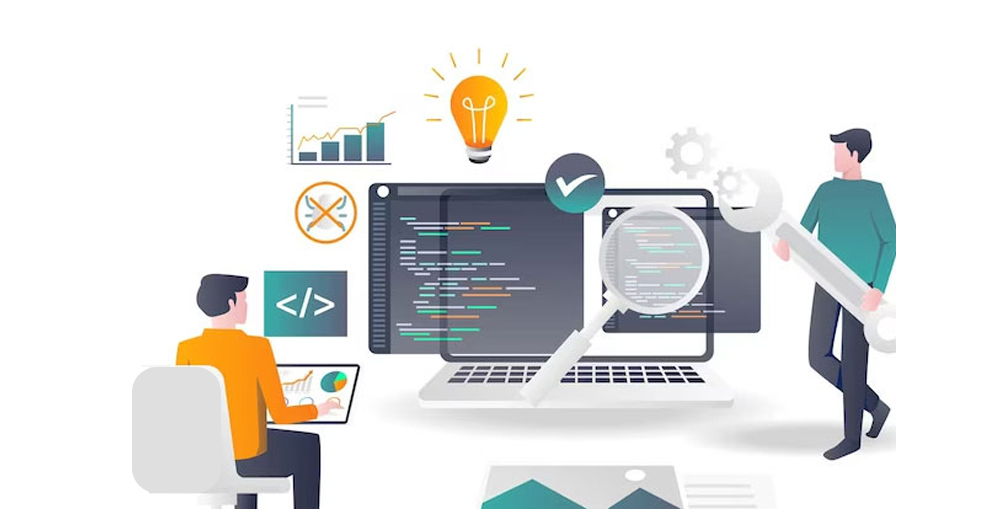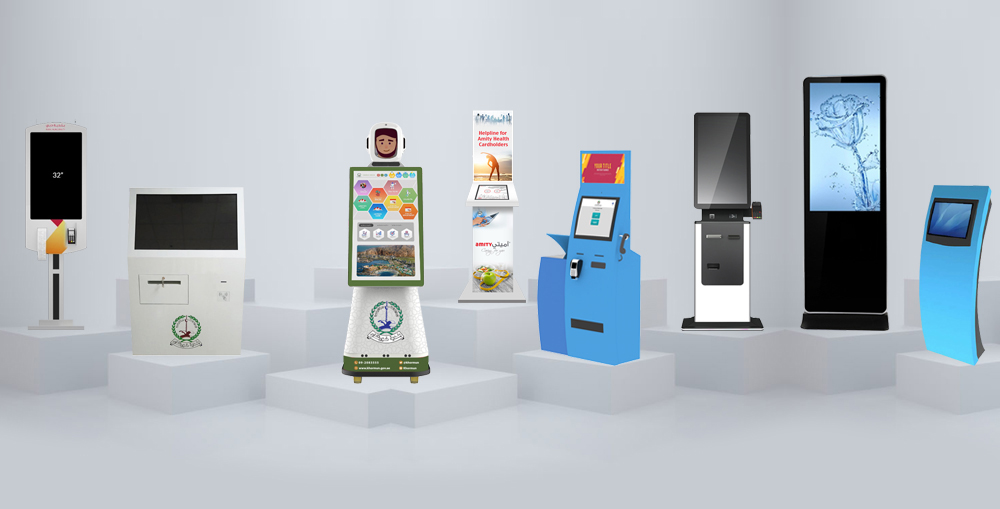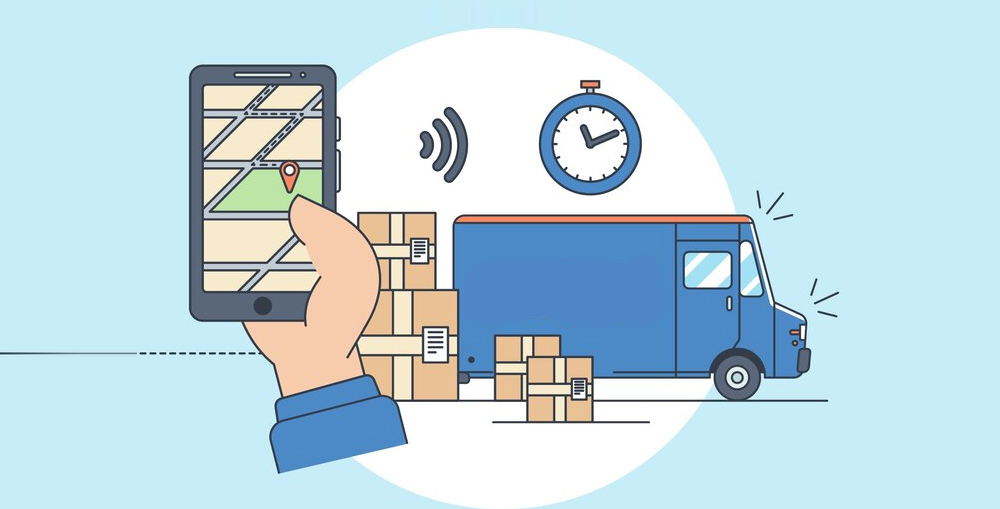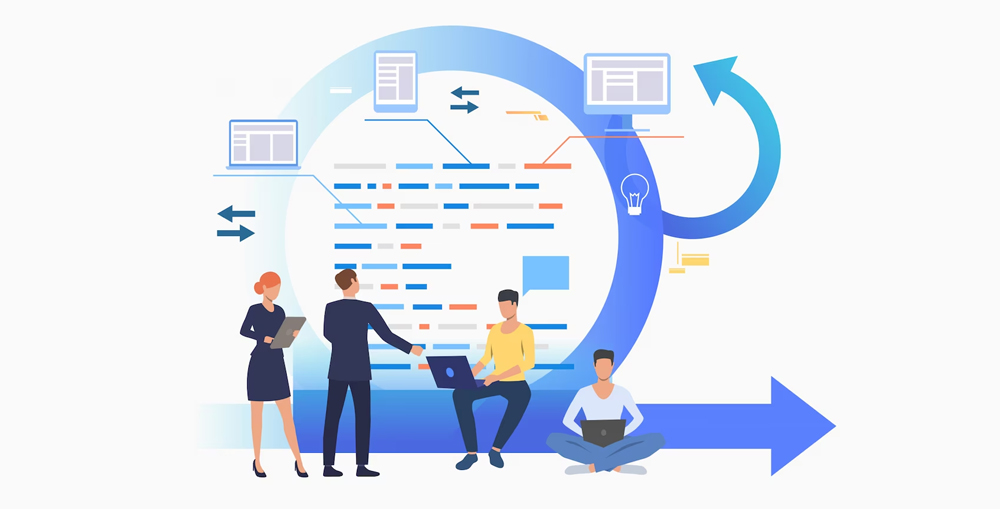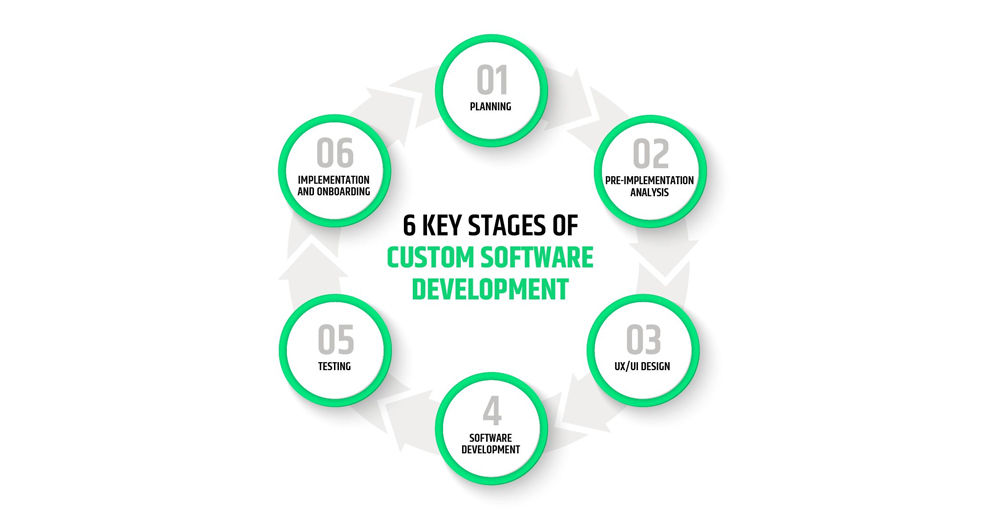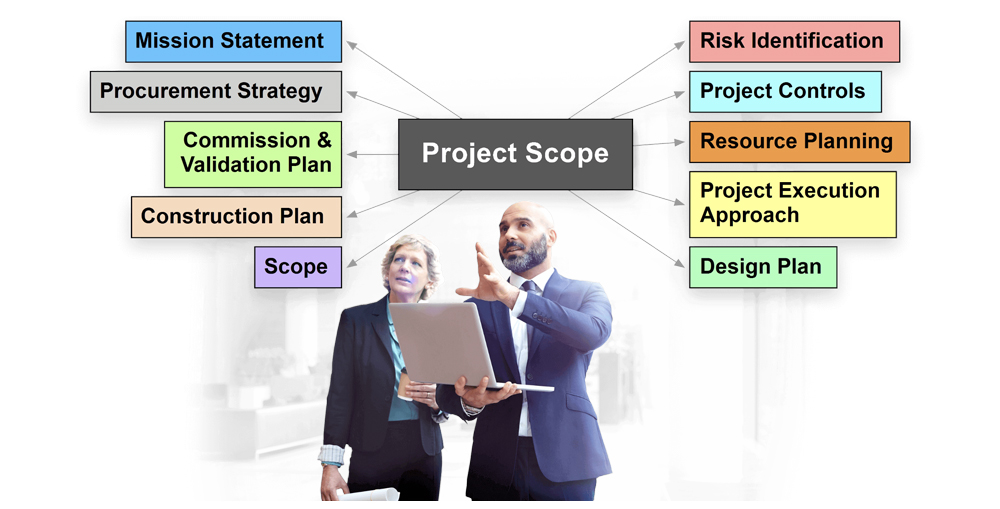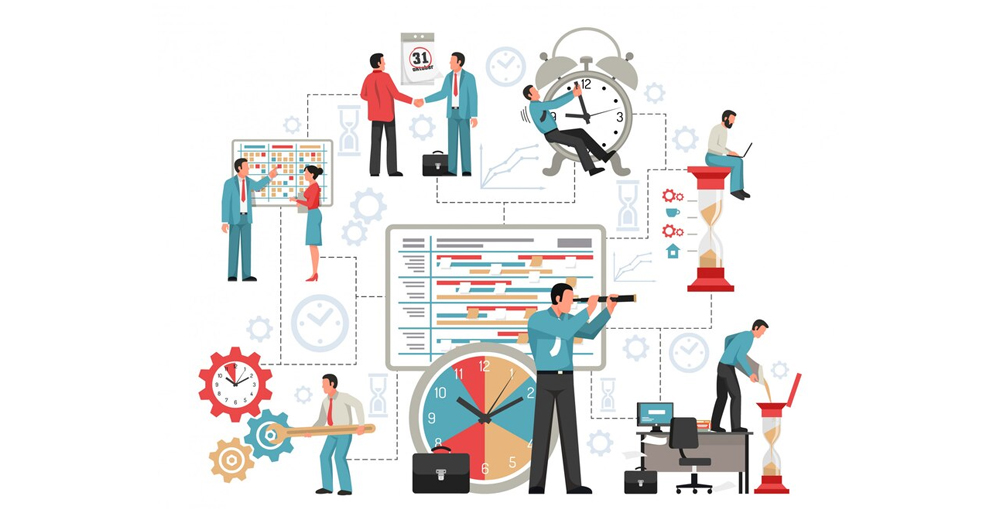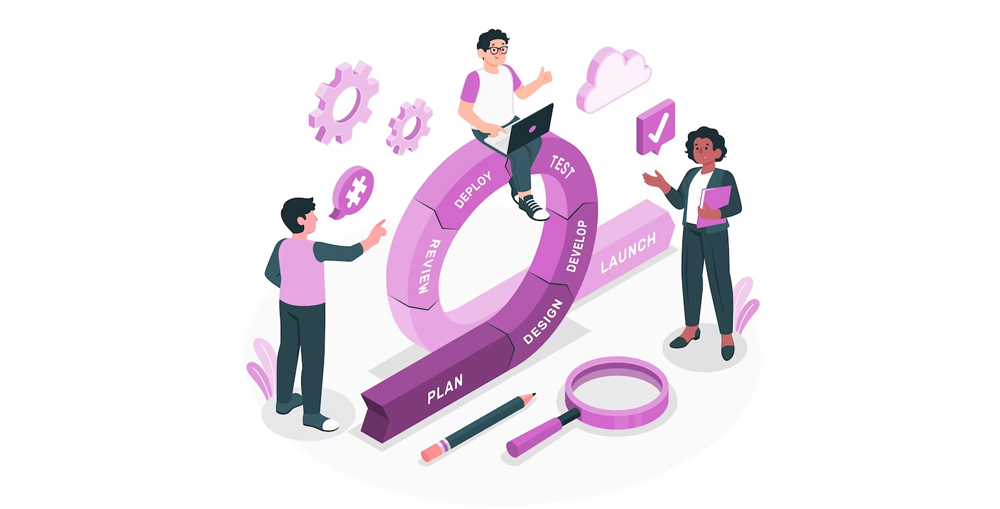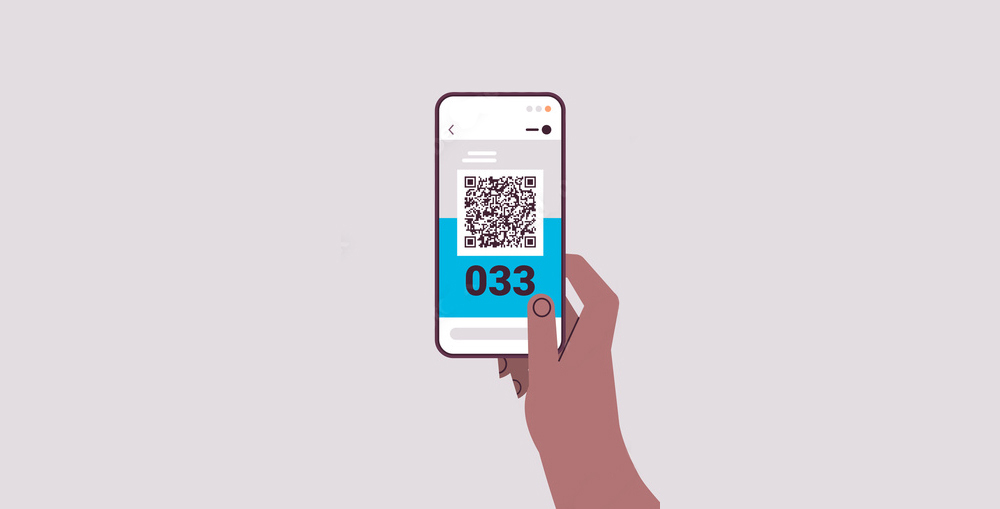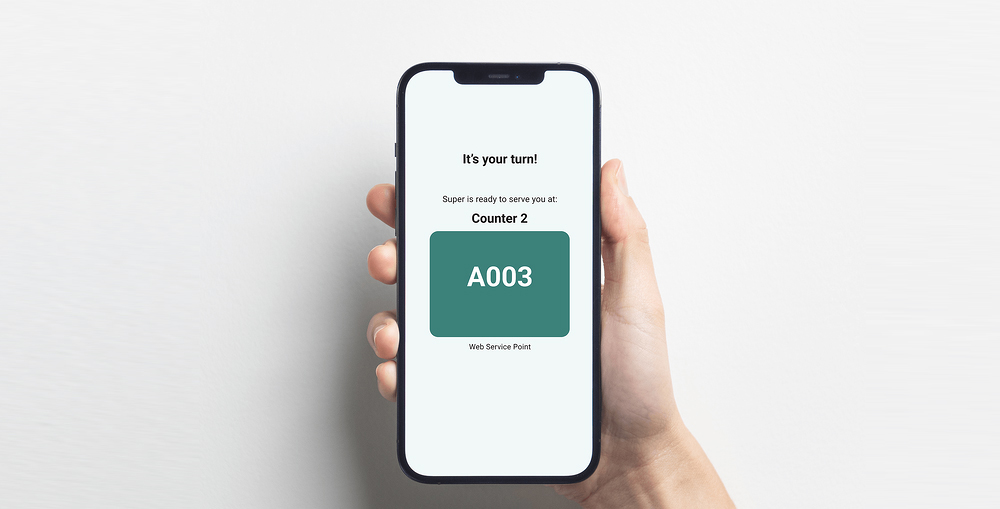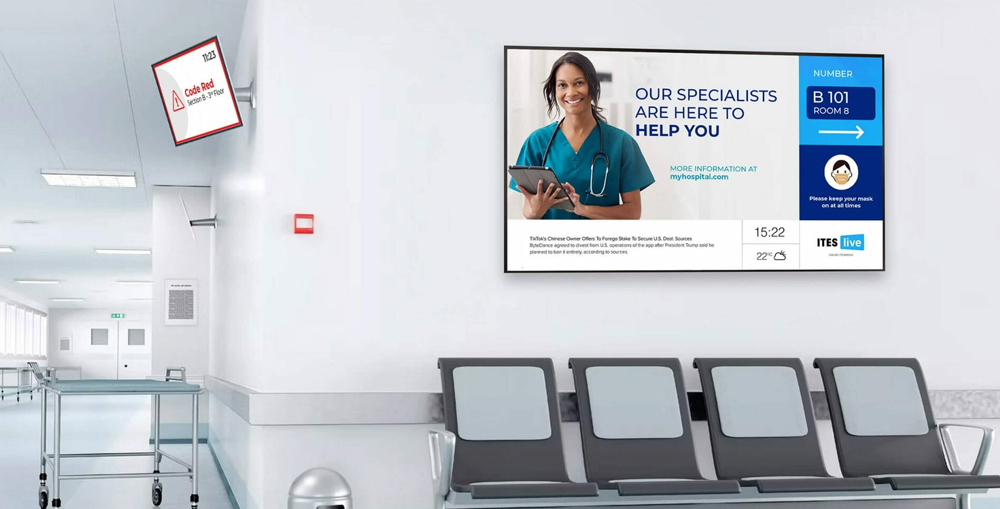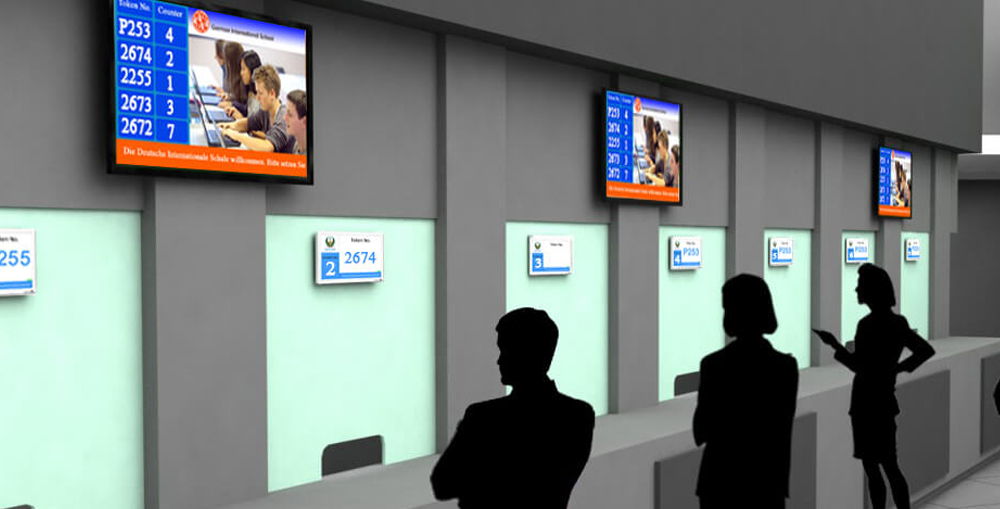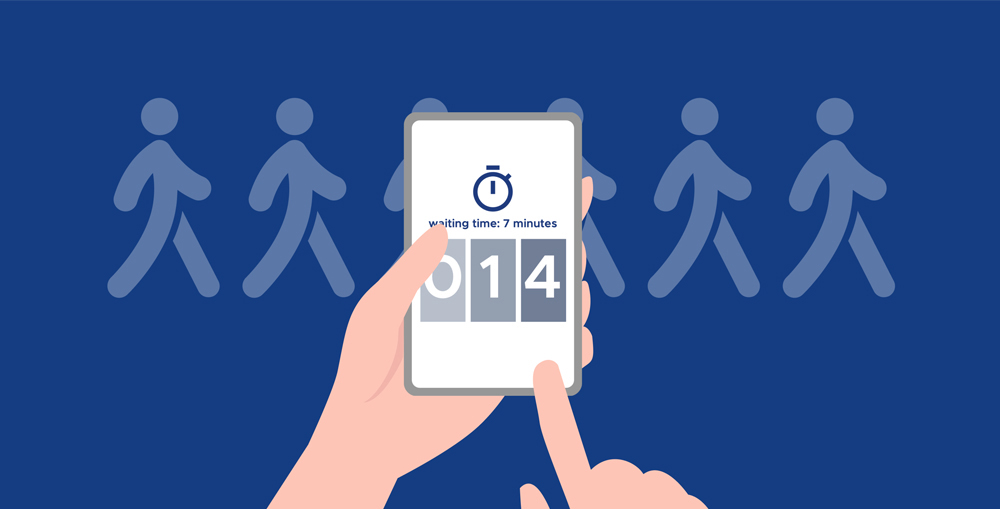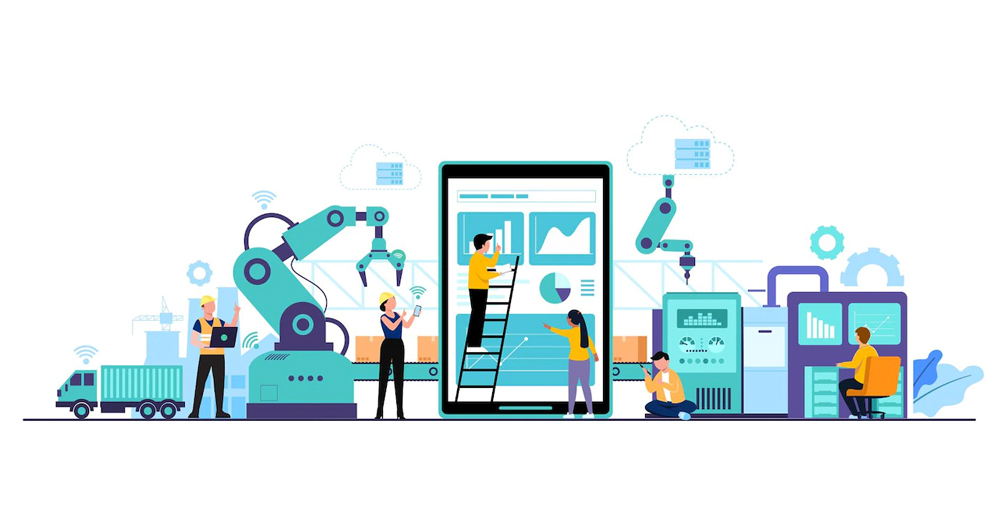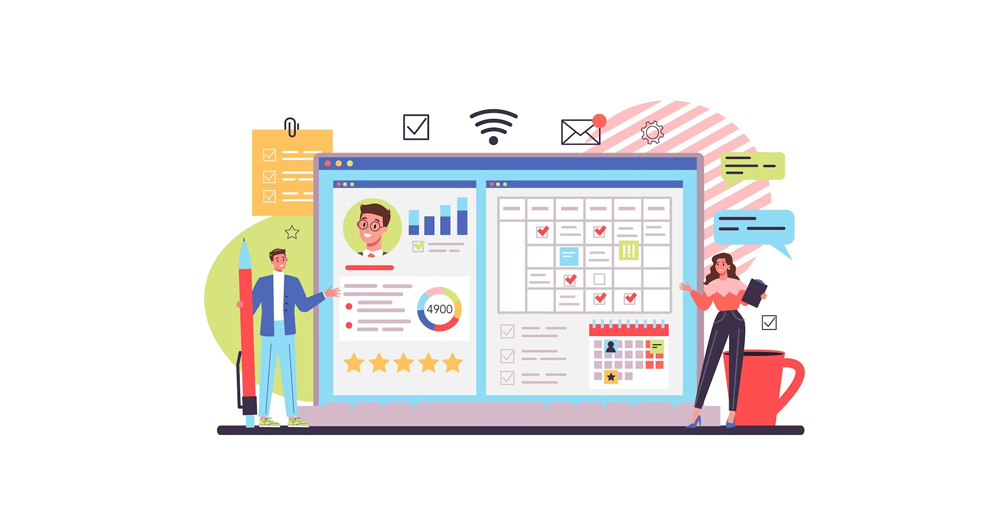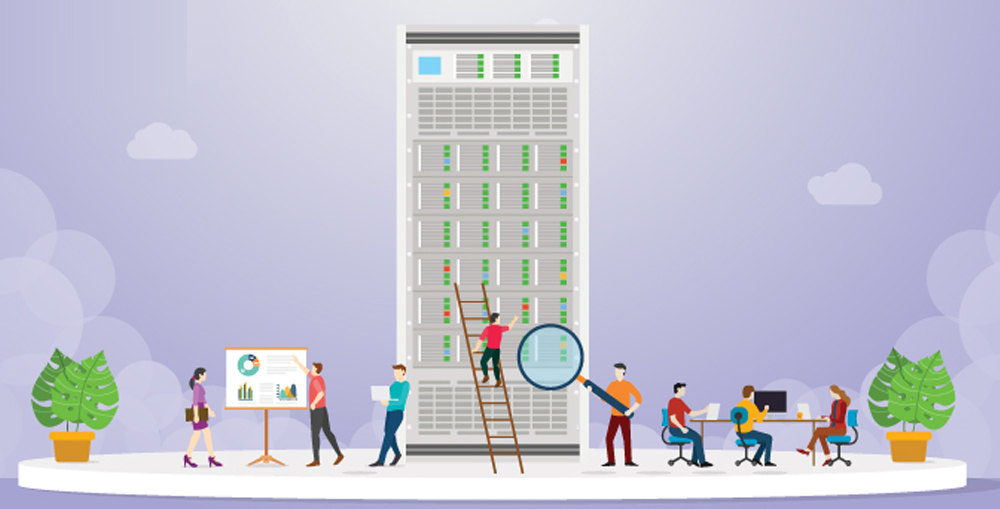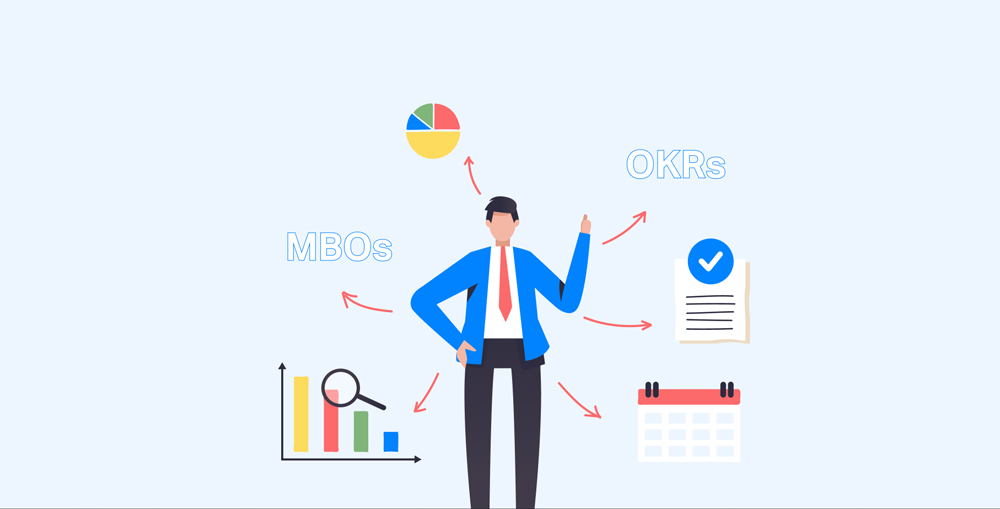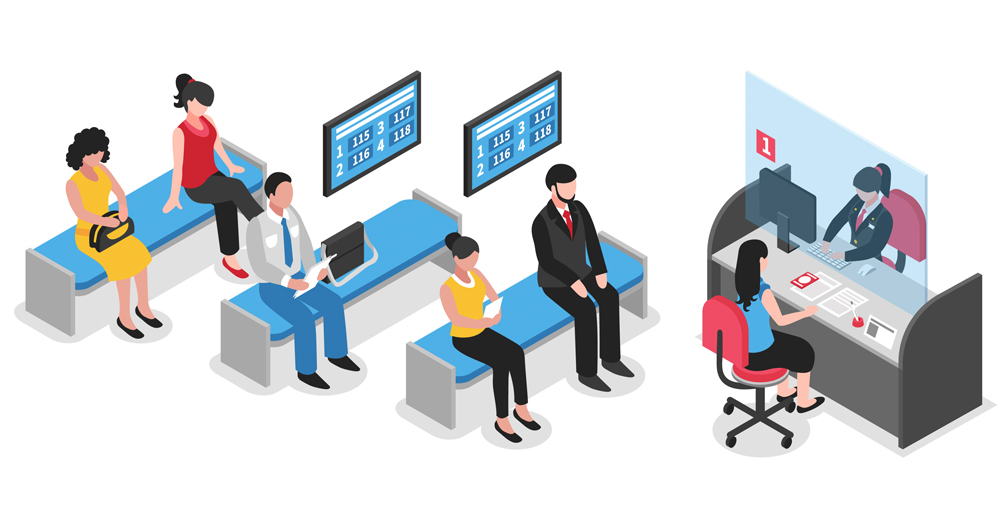Say goodbye to long waiting lines, unlock the future of customer service with an advance queue management system. Improved waiting lines, efficient customer flow management and seamless customer journey assures higher customer satisfaction. In today’s competitive and highly dynamic market landscape businesses are continuously exploring ways to drive efficiency and boost performance which have direct impact on customer experience. Happy and satisfied customers tend to be more loyal and a loyal customer base can serve as a foundation where a business can built its long term success. A queue management system is one of the most popular solution in Dubai, Sharjah, Abu Dhabi and all around the UAE. Especially businesses are organizations working in banking & finance, retail, healthcare, consumer services and even in government and semi-government organizations are proactively seeking ways to manage large footfall while maintaining a satisfactory customer service experience.
“You’ll never have a product or price advantage again. They can be easily duplicated, but a strong customer service culture can’t be copied.”
Jerry Fritz – Director of Management Institute
University of Wisconsin
In this blog we will discuss the fundamentals of a queue management system and how businesses can leverage it to elevate their customer service.
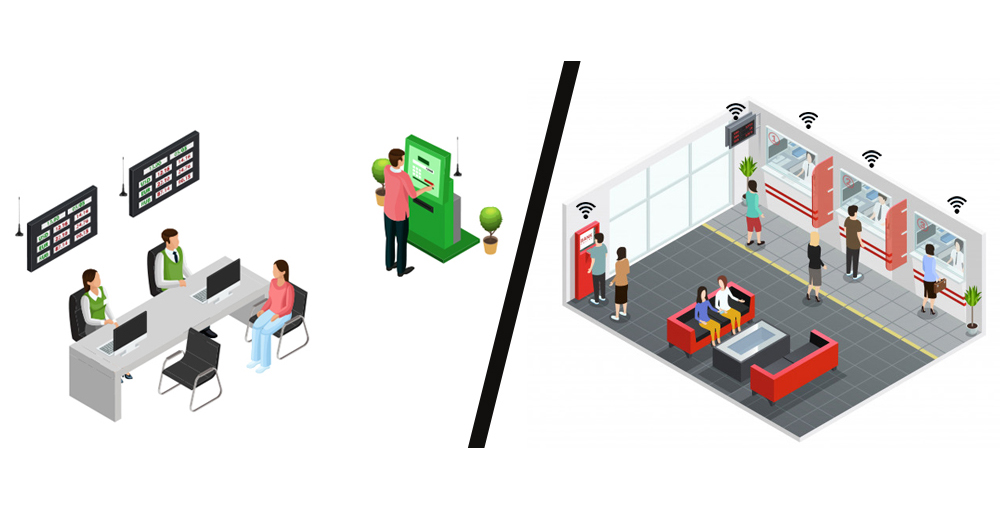
What is a Queue Management System?
A queue management system is a combination of both software and hardware tools which automatically manages the customer flow, it can greatly reduce customer wait time and it is very capable of boosting staff performance while optimizing the service deliver which results in a great and satisfactory customer experience. A queue management system consists of a powerful software engine along with an interactive self-service kiosk to allow customers and visitors to sign-in to the queues. A digital signage screen is used to display live queuing details along with some multimedia content to keep visitors engaged. Audio announcement system and counter plates are also used to improve customers’ waiting experience. Modern queue management systems also offer virtual queuing features, a virtual queue management system allow customers and visitors to sign-in remotely, such as by suing SMS, email, online portal, QR code, WhatsApp, appointment booking module or queue management system mobile application. Businesses can also customize the queue management system as per their exclusive requirements.
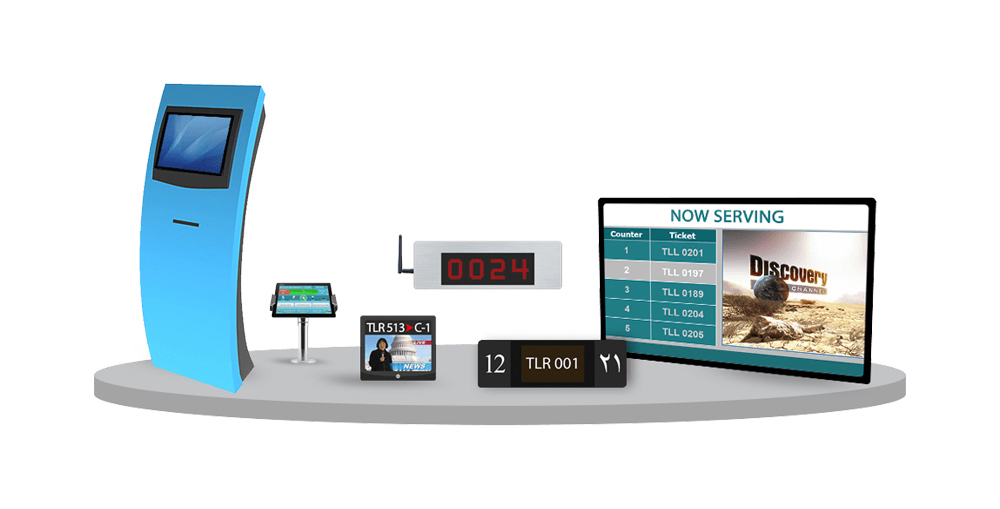
Queue Management System: Beyond First-Come, First-Serve
Earlier the customer service centers were serving customers and visitors on first-come, first-serve bases or also known as FIFO methodology, where FIFO stands for first-in, first-out. This means that the customers and visitors have to wait in waiting lines, where line jumpers, skirmishes between customers and complaints for employees was very common. All these problems compelled businesses to find out a bit more organized way to rectify all those problems. Manual queue management system, where every customer or visitor was issued a ticket number, was slightly better but eventually this system failed too. With the rise of technology, the digital and smart queue management systems have arrived, and over the time the queuing process and the queue management systems have evolved a lot. Now a days, there are a lot many different types of queue management systems available, some are exclusively designed for certain industries and some are designed for more diverse applications.

A modern queue management system automatically manages customer flow, it can automatically control the route a customers had to take, and during the waiting time it can re-route them to more quick moving queues to ensure minimizing the wait time. Thus first-come, first-serve method is not applicable anymore and customers are served on the bases of various different aspects, such as their priority level, the service they need and various other factors. A queue management system not only capable of identifying the customers and their needs, but it can automatically analyze the current queuing stats and customer flow and with ability to correlate it with historical data and policy guidelines a modern queue management system can take decisions at its own, and in real-time. It is this ability which can greatly enhance the customer flow and minimize the customer wait time. Apart from reducing customer wait time, a queue management system also improve waiting experience and service delivery process.
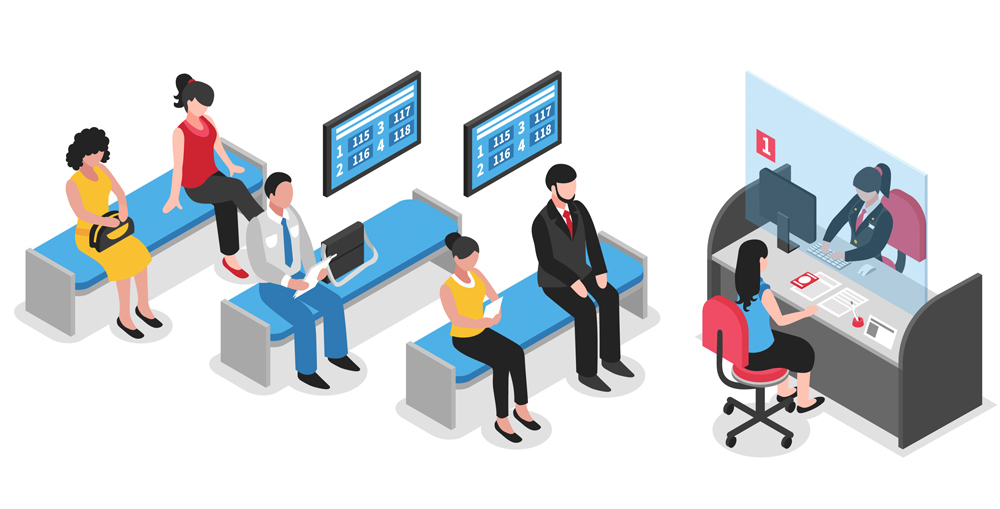
Innovative Strategies for Queue Management
As I have mentioned above, there are several different features and tools businesses can utilize with a queue management system to improve its efficacy and efficiency. However, in general a queue management system offers fundamental tools and benefits for every business, such as reduced customer wait time, improved customer experience, seamless customer journey, improved resource management and better staff performance, optimized customer service and ability to collect and analyze data which help businesses taking informed decisions. A queue management system software comes with smart algorithms and ability to integrate with other systems, tools, databases, and central information system. It further enhance its capabilities and allow business to develop intuitive and innovative features. The digitalization drives automation and the automation help boosting performance and efficiency. Here are some innovative strategies of queue management which can greatly help business achieve their goals.

Queue Management System Streamline Customer Flow
For any customer facing environment the customer flow is one of the most crucial aspect of managing customer experience. With the help of a queue management system businesses can easily improve customer flow. A queue management system allow customers to not only sign-in using self-service channels such as interactive self-service ticket dispensing kiosk or queue management system mobile app. At this stage businesses can also ask a few questions or let the customer chose their desired service so their route can be set accordingly. The queue management system automatically puts customers in the right queue and direct them to the right counter. Furthermore a queue management system can also monitor the customer flow and service time at each service counter. This information helps it to direct customers to the fast-moving track. A queue management system also monitors employee KPIs which also help businesses improve the performance of service agents which results in lesser service delivery time. Queue management system also offer useful features for service agents which are very helpful in improving performance and productivity.

Queue Management System Improves Waiting Experience
Apart from customer flow management, a queue management system is also good at improving customers’ waiting time. There are two types of wait time, one is the actual wait time and the other is perceived wait time. The human brain is very complex, when we don’t know anything with certainty, naturally we feel fear. Same effect is applicable here too. When the customers and visitors are unaware of the amount of time they have to wait, it naturally worries them. A queue management system has ability to analyze the live queuing data and the historical data long with several other data inputs from all touch points enables it to estimate the customer wait time with great precision. Therefore by simply printing the estimated wait time on the ticket can greatly relief the customers. Furthermore the digital signage are used to display multimedia content which also keep customers engaged. The notifications and alerts and audio announcements are also very effective in keeping customers engaged and busy. All these features help enhancing customers waiting experience and add value to their experience.

Queue Management System Boost Staff Performance
Customer service centers often struggle with low-performing staff. A queue management system comes with several innovative features which help businesses not only accurately monitor staff performance but it also improves it. A queue management system can lift the workload of the staff by automating various internal processes. Businesses can effectively implement their queuing policy and build innovative strategies to further enhance customer experience. Since the sign-in and customer flow management becomes automated with the implementation of a queue management system, the service agents have more time to focus on their primary tasks. There would be less complains, and everyone will know the ticket issuance and customer flow is managed by an automated system. Furthermore the queue management system also aid service agents with their pre and post-service tasks. It also provides them more control over customer flow with dedicated agent dashboard and monitor several KPIs which help management in better resource planning. All these features greatly boost staff performance.
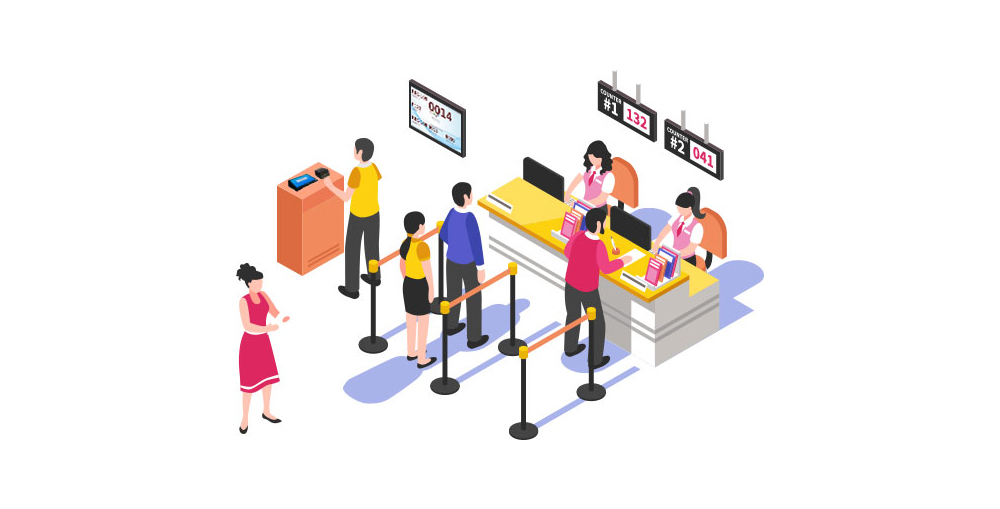
Queue Management System Offers Real-time Monitoring
A queue management system comes with a queue management system server application. The main queue management system software is hosted at a server, either on cloud or in an on-premises server. This enables queue management system to offer a centralized administration and management. The head-office can remotely manage all connected branches via this centralized management mechanism. The queue management system offers various dashboards for various users and management levels. The head-office can monitor all connected branches in real-time. The real-time updates and data sharing also offers higher visibility for the managers, providing them a vantage point and letting them take timely decisions to prevent crowd formation and proactively manage resources for better branch performance. A queue management system can also send alerts to branch managers, head-office and relevant personal if a certain threshold is crossed, this help them dealing with bottlenecks and taking timely actions. The historical data along with live queuing data and reports are also updated in real-time which help management taking informed decisions and help them implementing their innovative strategies.
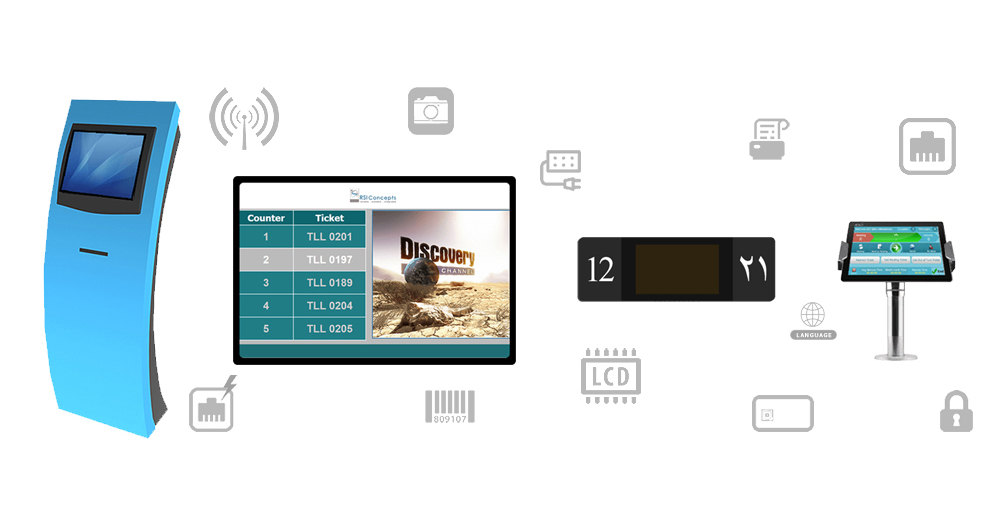
Queue Management System Provides Valuable Business Intelligence Data
A queue management system is a great tool which can help businesses closely monitor the entire queuing process and help them analyze each and every touch point in customer journey. The queue management system is capable of recording the historical data with ability to analyze it to take automated decisions in real-time. It can also monitor staff performance and help predicting the footfall on a particular day or time of the day. This also enables management to take preemptive actions and it help is very helpful in managing resources effectively. Businesses can accurately monitor which services are most in demand, which staff is performing better and even which service agent is good at which service type and so on. All these different types of analytical and statistical data is very helpful in implementing innovative strategies to improve customer flow and customer experience. Furthermore businesses can also collect customer feedback directly from the queue management system or integrating it with a separate customer feedback system module. A queue management system also offers in-built reports and analytical tools which are very helpful in decision making and preparing intuitive reports.
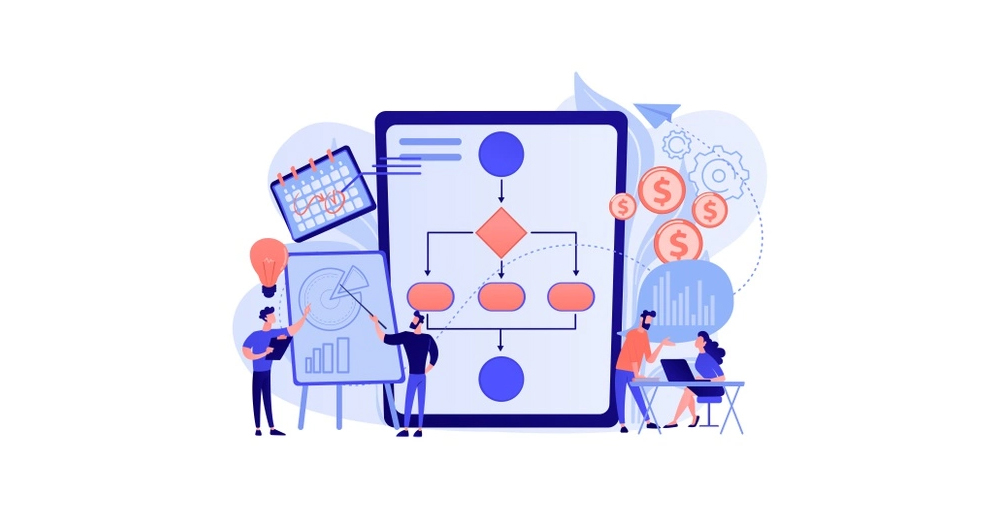
Queue Management System is a very Cost-effective Branch Transformation Tool
Despite offering great features and innovative queuing solutions a queue management system is a very cost-effective branch transformation tool. The initial cost of a queue management system is not high comparing to any other regular enterprise tool. Furthermore the queue management system works on automated systems and tools which means no full-time operator is required. This not only reduce the operational cost but also help businesses to improve the productivity and performance. A similar branch with similar footfall would require much less human resources when a queue management system in deployed. A queue management system also help boosting staff performance which makes them more productive and cost-effective. Happy customers means higher customer loyalty which in itself can greatly improve profitability and growth. A queue management system doesn’t require much maintenance and could last for many years. Even with minor tweaks, updates and upgrades businesses can rely upon same system for many years, which greatly increase the overall ROI of a queue management system in longer run and makes it one of the best and most cost-effective branch transformation tool.

Conclusion
Queue management is one of the most crucial aspect of customer experience management in any customer facing environment. Adopting an advanced queue management system help businesses taking the transformative leap towards unparalleled operational efficiency, service quality and customer service experience. Happy and satisfied customers tend to be more loyal and the customer loyalty can earn you a long-term success. In this blog we have learned that the queue management system is not only limited to organizing customer queue and improving customer flow, but it is a comprehensive tool which enable businesses to fully manage the entire customer journey while ensuring the highest level of customer satisfaction. Businesses in Dubai, Sharjah, Abu Dhabi and all around the UAE are rapidly adopting modern practices and innovative strategies for queue management to deal with the rapidly evolving market landscapes and ever increasing customer demands. It is impossible for a business to achieve success while sticking to the traditional and outdated business practices.
A queue management system is an essential tool for all customer facing environments, whether you are a bank, healthcare facility, restaurant, retail store, an educational institute or a government organization, in order to improve your brand image and customer happiness you must have to offer the top-notch experience and service. If you want to learn more about the queue management systems or their impact on your business, please feel free to contact us through our Contact Us page or leave a comment in the comment box below and we will get in touch with you soon.
